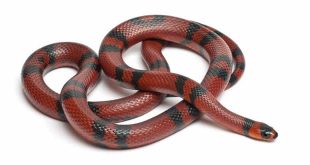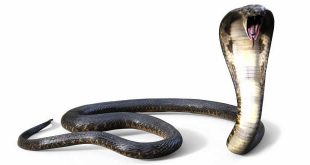 Skink — Skinks are the most diverse group of lizards. They make up the family Scincidae which shares the superfamily or infraorder Scincomorpha with several other lizard families, including Lacertidae (the “true” or wall lizards). Scincidae is the largest of the lizard families with about 1,200 species.
Skink — Skinks are the most diverse group of lizards. They make up the family Scincidae which shares the superfamily or infraorder Scincomorpha with several other lizard families, including Lacertidae (the “true” or wall lizards). Scincidae is the largest of the lizard families with about 1,200 species.
Skinks look roughly like true lizards, but most species have no pronounced neck and relatively small legs. Several genera (e.g., Typhlosaurus) have no limbs at all, others, such as Neoseps, have only reduced limbs. Often, their way of moving resembles that of snakes more than that of other lizards. Skinks usually have long, tapering tails that can be shed and regenerated.
Most skinks are medium sized with a length from the snout to the vent of up to 12 cm, although there are a few that grow to larger sizes, such as the Corucia, which can reach 35 cm from snout to vent.
Skinks are generally carnivorous and largely eat insects, including crickets, grasshoppers, beetles, and caterpillars. They also eat spiders, earthworms, snails, slugs, isopods, other lizards, and small rodents. Some species, particularly those favored as home pets, have a more varied diet and can be maintained on a regimen of roughly 60% vegetables/leaves/fruit and 40% meat and meat products (cat or dog food).
Skinks are found in a variety of habitats worldwide. Some species are endangered.
Many species are good burrowers. There are more terrestrial or fossorial (burying) species than arboreal (tree-climbing) or aquatic species. Some are “sand swimmers”, especially the desert species, such as the Mole skink in Florida. Most skinks are diurnal, so they are active during the day. They like to crawl out on rocks or logs to bask (soak up heat from the sun) during the day.
 Kids Portal For Parents India Kids Network
Kids Portal For Parents India Kids Network


